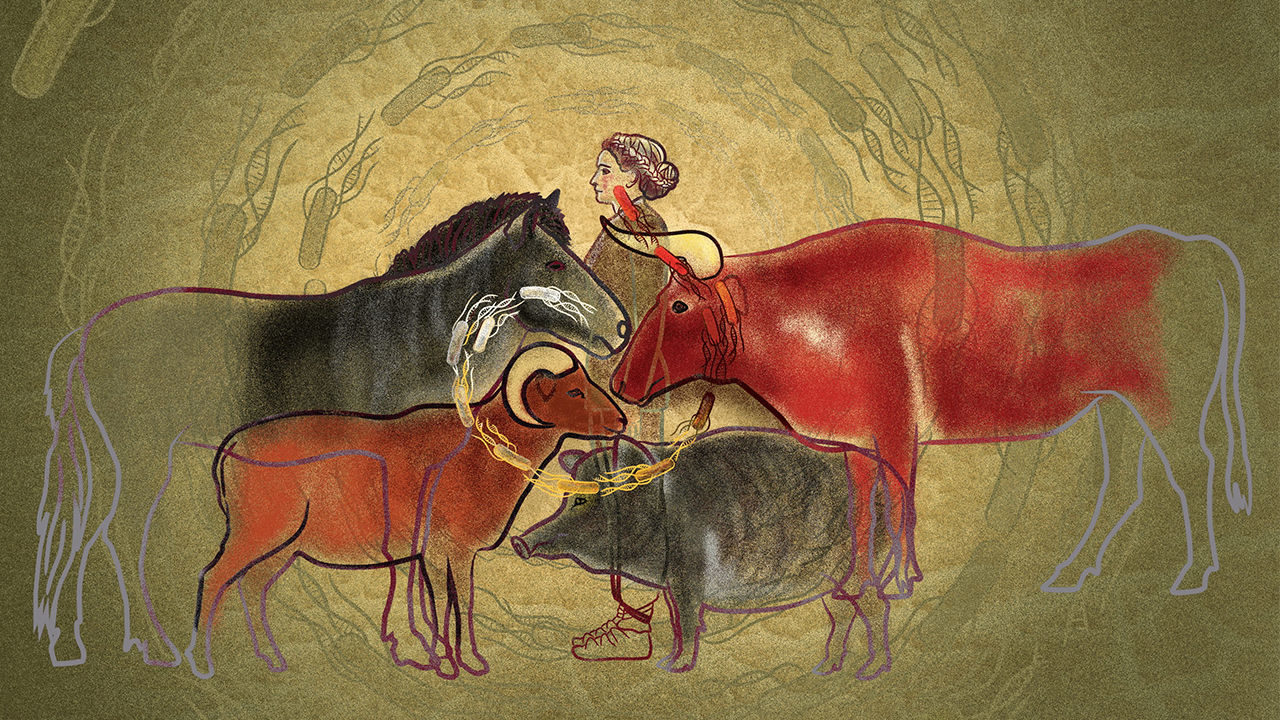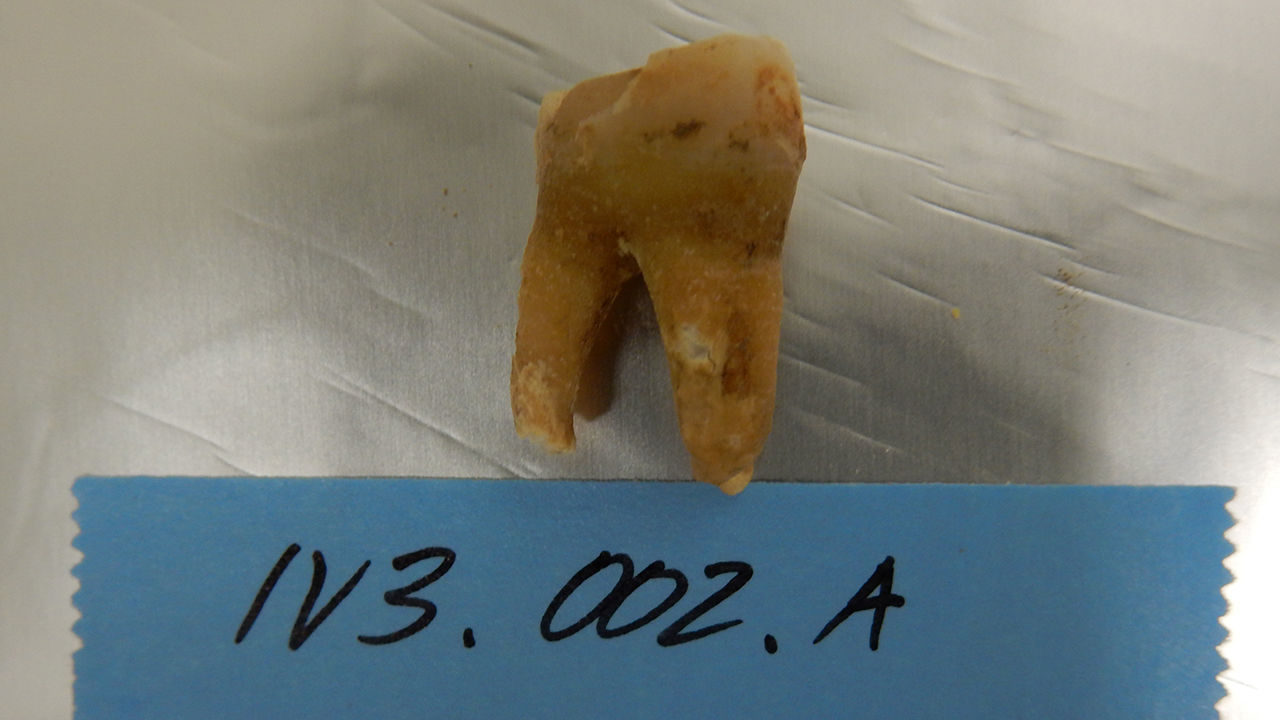
A new study suggests early farmers in Eurasia brought a more deadly form of salmonella on themselves when they switched from a nomadic lifestyle of hunting and gathering to farming. By settling down in close quarters with domestic animals and their waste, they gave Salmonella enterica, which was lurking in an unknown animal host, easy access to the human gut where it adapted to humans. Pigs picked up the pathogen later, perhaps from people or another animal.
Researchers have long thought that the transition from foraging to agriculture made humans sicker. By relying on a few crops and domestic animals, early farmers ate a less varied and healthy diet than hunter-gatherers. They also lived closer to human and animal poop where pathogens persist. But few infectious diseases leave marks on skeletons, so these pathogens have been hard to detect in fossils.
In a technological breakthrough, a team led by population geneticists Felix Key and Johannes Krause and bacterial genomicist Alexander Herbig at the Max Planck Institute for the Science of Human History developed a method called HOPS for detecting bits of ancient DNA from disease-causing bacteria. Key, now at the Massachusetts Institute of Technology, Herbig, and their team used the method to screen bacterial DNA in the teeth of 2739 humans from sites across Europe, Russia, and Turkey dating back more than 6500 years. From those teeth, they were able to reconstruct eight S. enterica genomes.

The researchers do not know which animal host gave it to humans initially, but it probably wasn't pigs — they carry a closely related strain that arose only 4000 years ago, according to molecular dating of the Salmonella family tree, researchers report today in Nature Ecology & Evolution.
The ancient progenitor strains of paratyphi C had not yet adapted specifically to humans: The pathogens infected a number of animals and lacked genes that cause the typhoidlike fever. This suggests humans initially got a milder form of a disease that also infected their livestock.
Anthropological geneticist Anne Stone at Arizona State University, Tempe, hopes that the team can extract more S. enterica samples from foragers. But the new study sheds light on how bacterial pathogens shift hosts, Stone says. It may also help researchers learn more about when and why pathogens are likely to jump from another species into humans — a timely lesson given the current coronavirus outbreak, she says.
doi:10.1126/science.abb4375
Ann Gibbons Twitter



An alternative explanation is perhaps that it was within the natural variability of the pathogens and thus already existing.